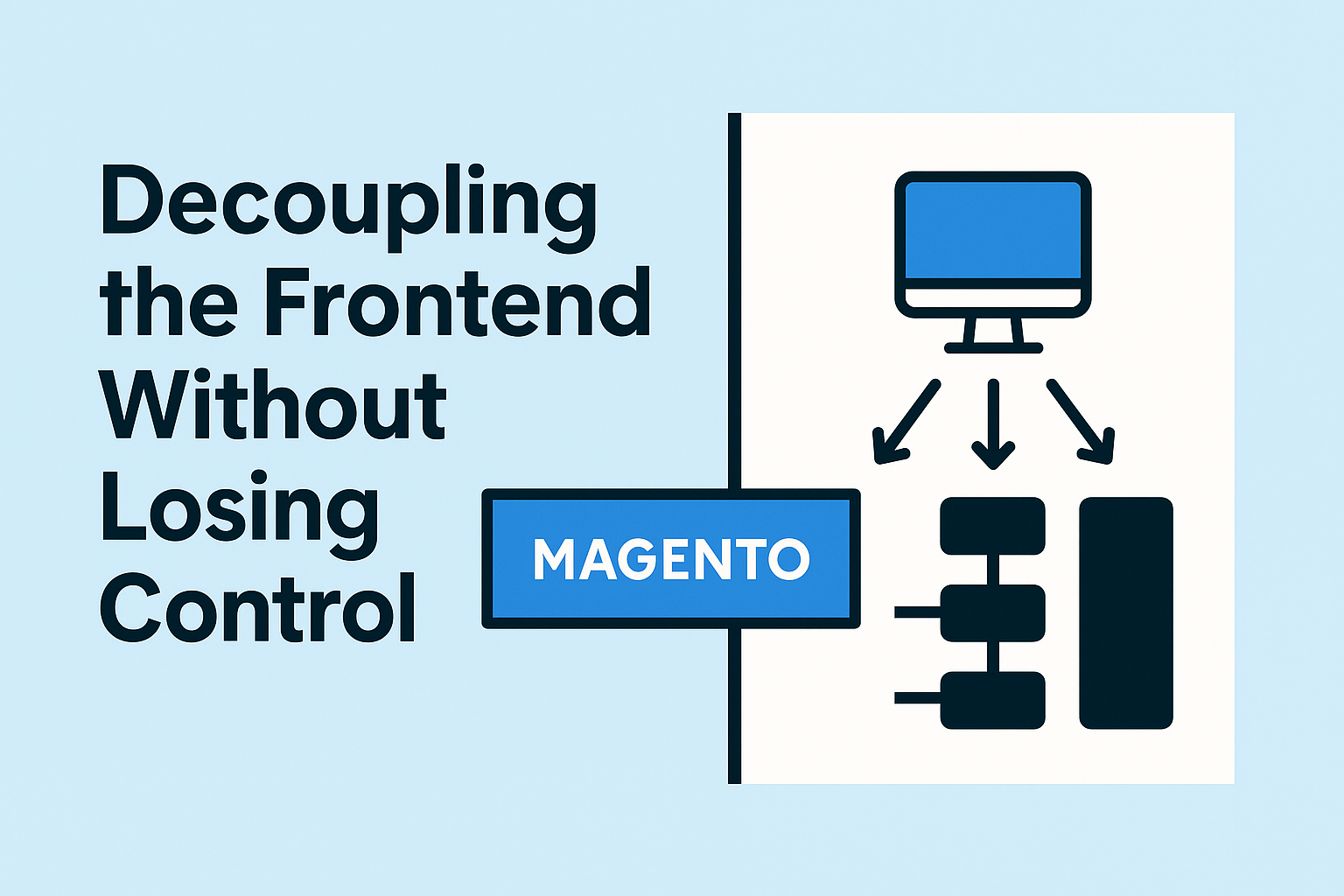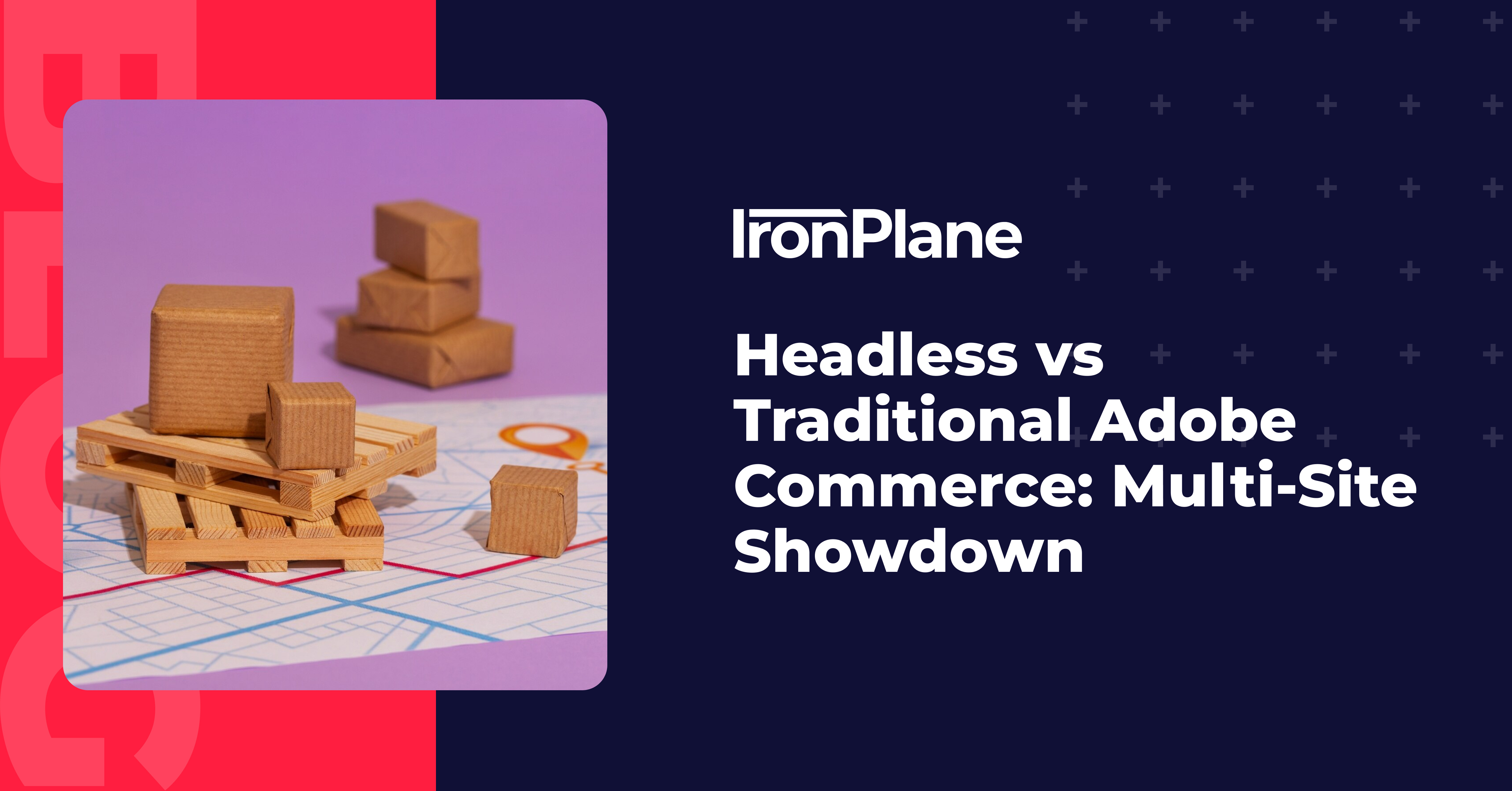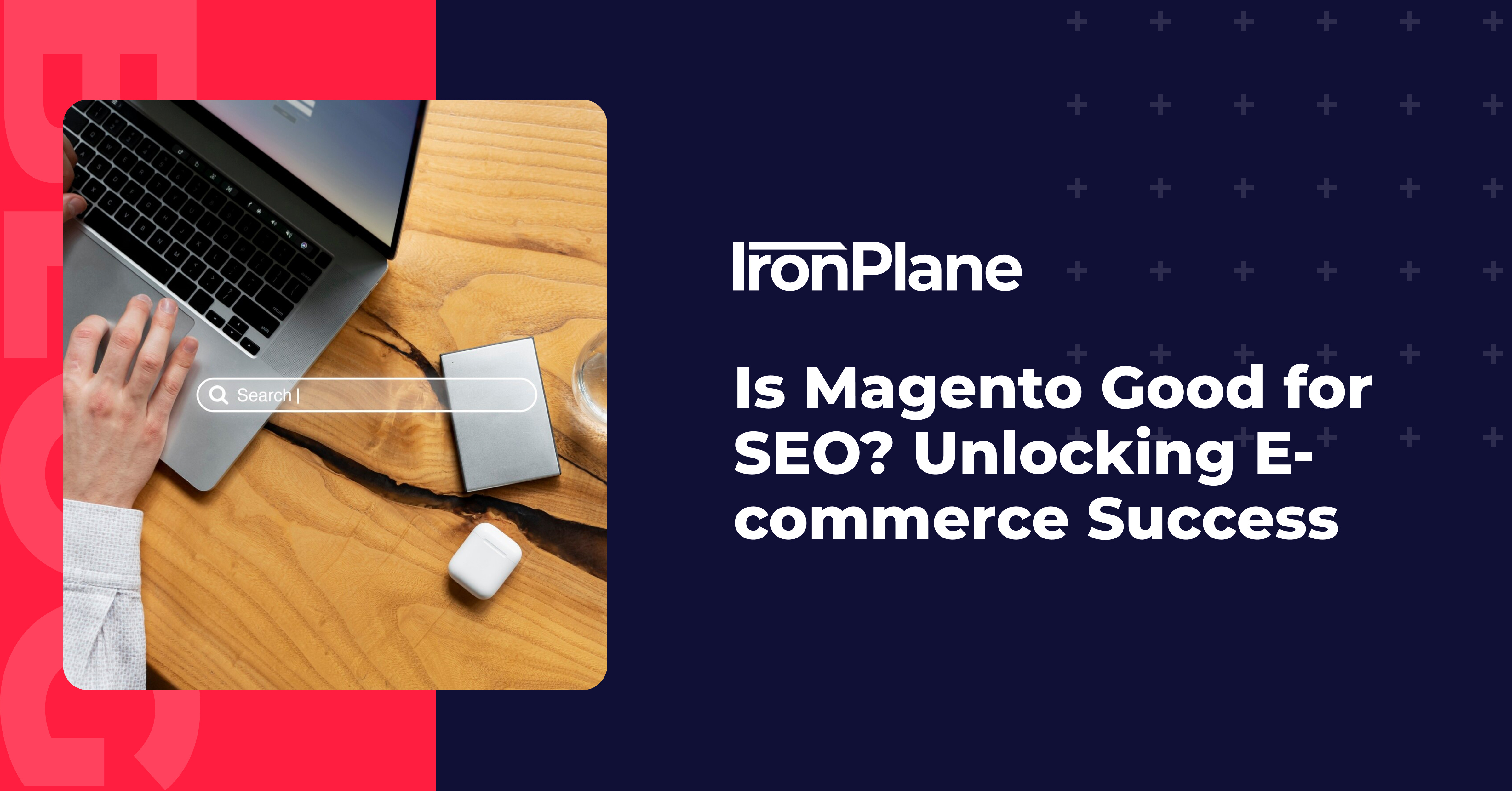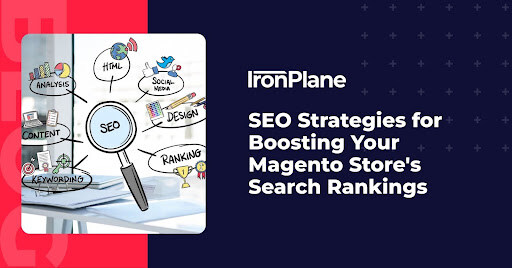Headless vs Traditional Adobe Commerce: Multi-Site Showdown
Choosing the right e-commerce architecture is important for businesses that want to stay competitive and give customers a great shopping experience.
3 min read
 Tim Bucciarelli
:
July 31, 2025
Tim Bucciarelli
:
July 31, 2025

Magento’s GraphQL support has matured, but many default implementations assume traditional Luma-based rendering. If you’re relying on GraphQL to power your frontend, performance and schema design become critical.
Default resolvers can generate excessive database queries if implemented carelessly. For example, a product list resolver that loads full product models for each item—rather than fetching only needed attributes—can produce dozens (or hundreds) of EAV queries per request.
Use data providers and repositories to abstract data access in resolvers. Repositories support attribute selection, filtering, and pagination through SearchCriteria objects, which ensures more controlled and efficient data retrieval.
Not all features in Magento are available via GraphQL out of the box. Multi-source inventory, advanced checkout options, store credit, and B2B functionality often require extending the schema. Before committing to headless, validate whether:
Unlike REST, GraphQL doesn’t benefit from HTTP-level caching unless you implement persisted queries or introduce caching logic at the resolver layer. You’ll need to:
When decoupling the frontend, teams often discover just how much Magento handled out of the box—from routing and layout XML to session management and user authentication. The monolithic stack provided more than just HTML rendering.
In a headless environment, you’re responsible for cart persistence, customer session management, and token storage. This includes:
generateCustomerToken);Neglecting these details can lead to inconsistent behavior between browsers, broken cart sessions, or improper checkout flows.
Magento’s standard checkout experience handles complex sequencing—validating addresses, applying shipping methods, calculating totals, selecting payment, and placing the order. Re-implementing this via GraphQL means replicating each step explicitly:
Each mutation has preconditions. Skipping steps can result in generic errors or silent failures. Wrapping this logic in a lightweight middleware service reduces frontend burden and centralizes logic for reuse.
Magento’s theme engine supports server-rendered content, canonical URLs, and structured data. When you decouple, these need rebuilding:
urlResolver logic to map slugs using Magento’s GraphQL endpoint.If your goal is to launch a Progressive Web App (PWA), Magento’s backend must support real-time rendering, personalization, and scale. Whether using Magento PWA Studio or third-party kits, success depends on:
Because GraphQL is often POST-based, traditional CDN caching doesn’t always apply. To maintain performance:
Magento doesn’t become “just a database” in a headless build. It remains the system of record for:
Do not embed business logic like pricing or validation in the frontend. Keep it centralized in Magento and exposed via GraphQL or service contracts. This ensures consistency and protects against regressions when business rules change.
Magento can support headless commerce—but only with architectural planning. Understand what your frontend will need and ensure your backend can deliver it securely and efficiently.
Headless success isn’t about removing Magento—it’s about repositioning it as the engine behind your experience. That means defining clear system boundaries and maintaining architectural discipline as you build.

Choosing the right e-commerce architecture is important for businesses that want to stay competitive and give customers a great shopping experience.

In the competitive world of e-commerce, search engine optimization (SEO) plays a crucial role in driving organic traffic and boosting sales. As a leading e-commerce platform, Magento has garnered attention for its robust features and flexibility.

Are you looking to improve your Magento store's visibility in search engine results pages (SERPs)? Implementing effective SEO strategies is crucial for driving organic traffic and increasing sales.